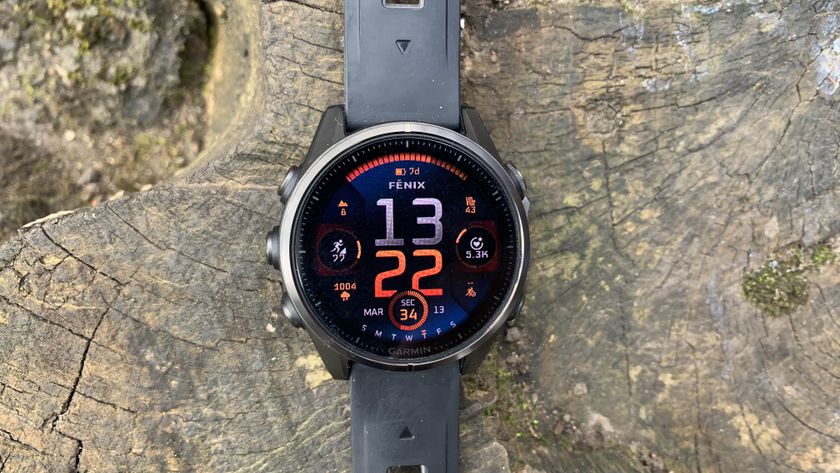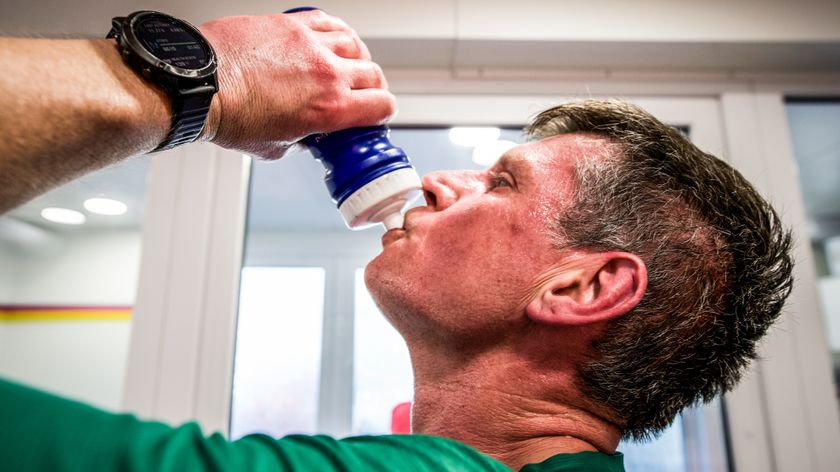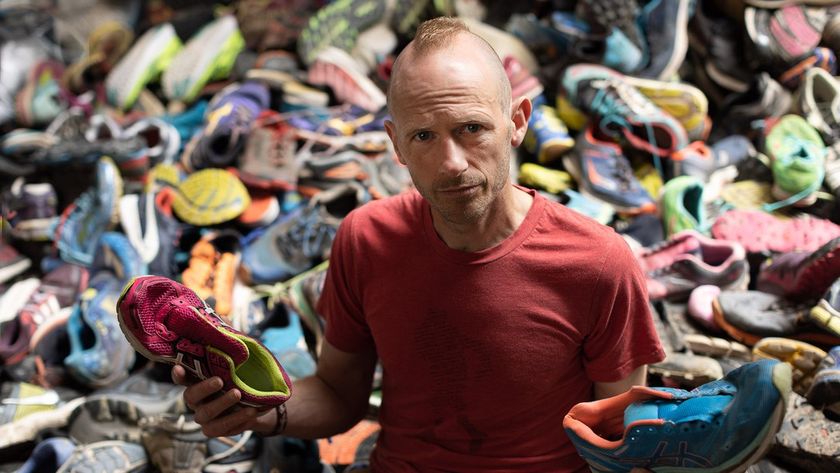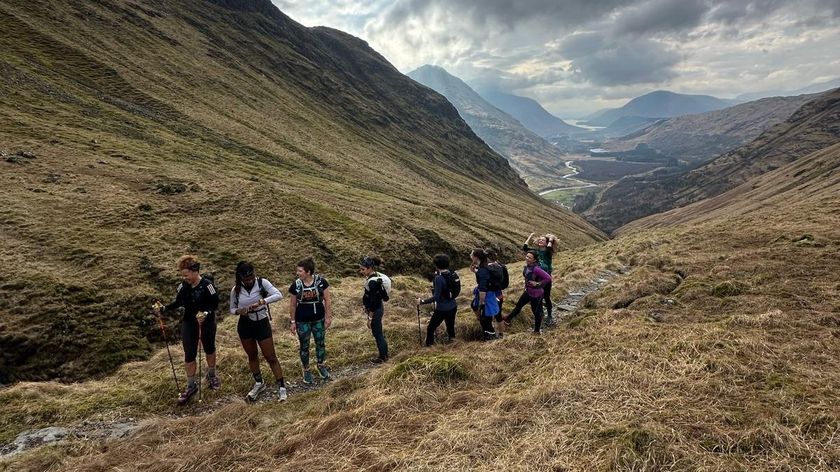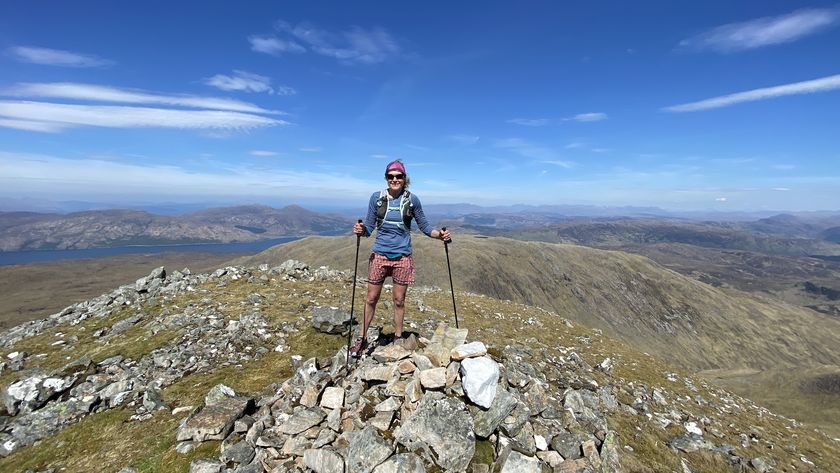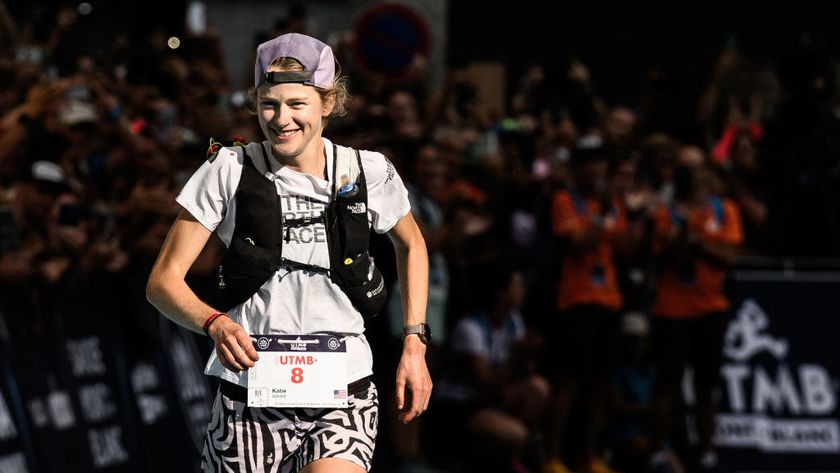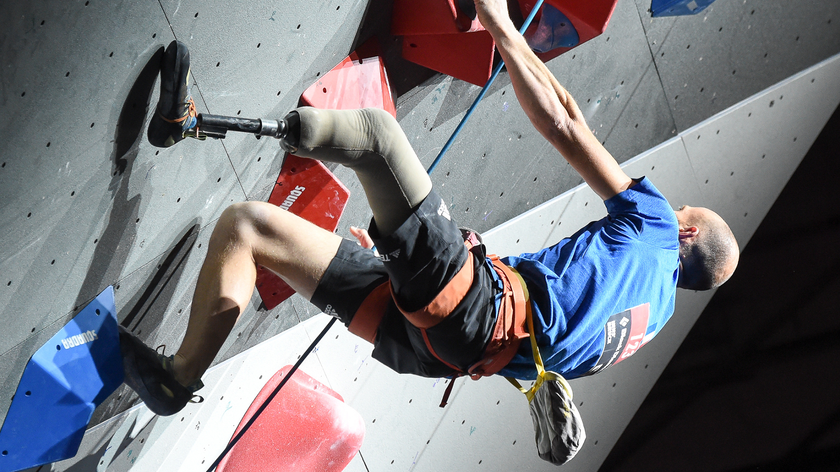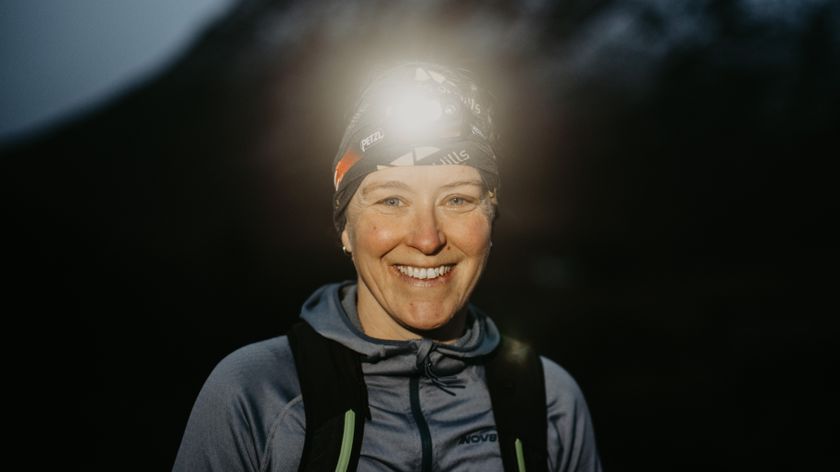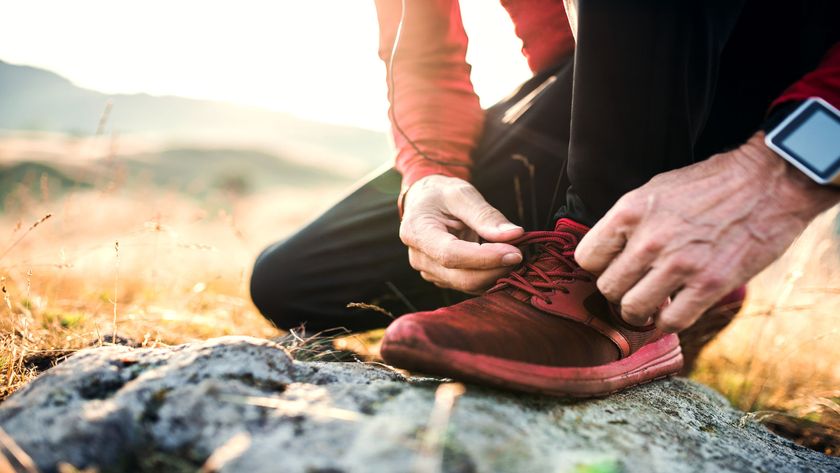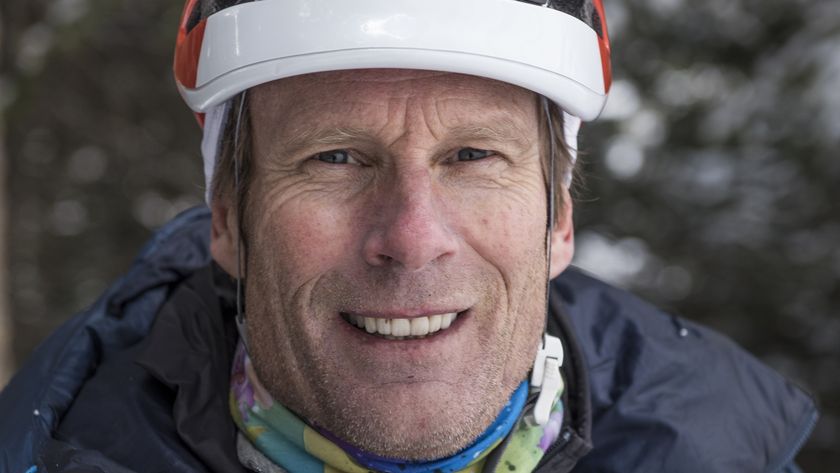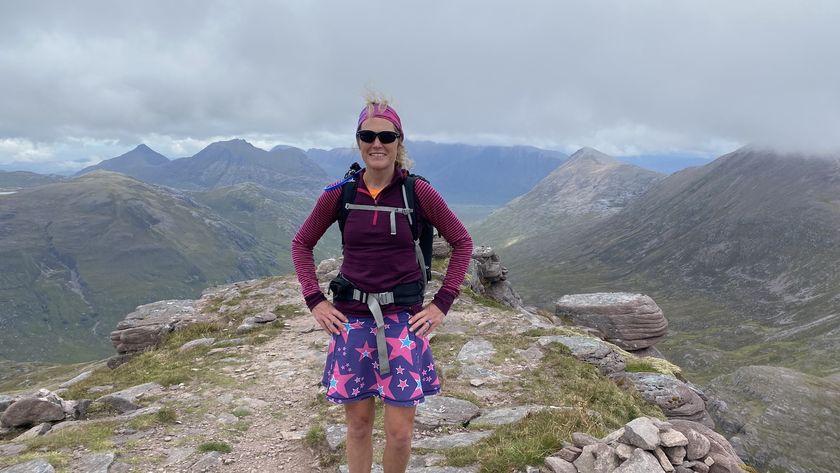Muscle gain from running: what's the evidence?
What the research reveals about intensity, genes, gender and age effects on hypertrophy for runners
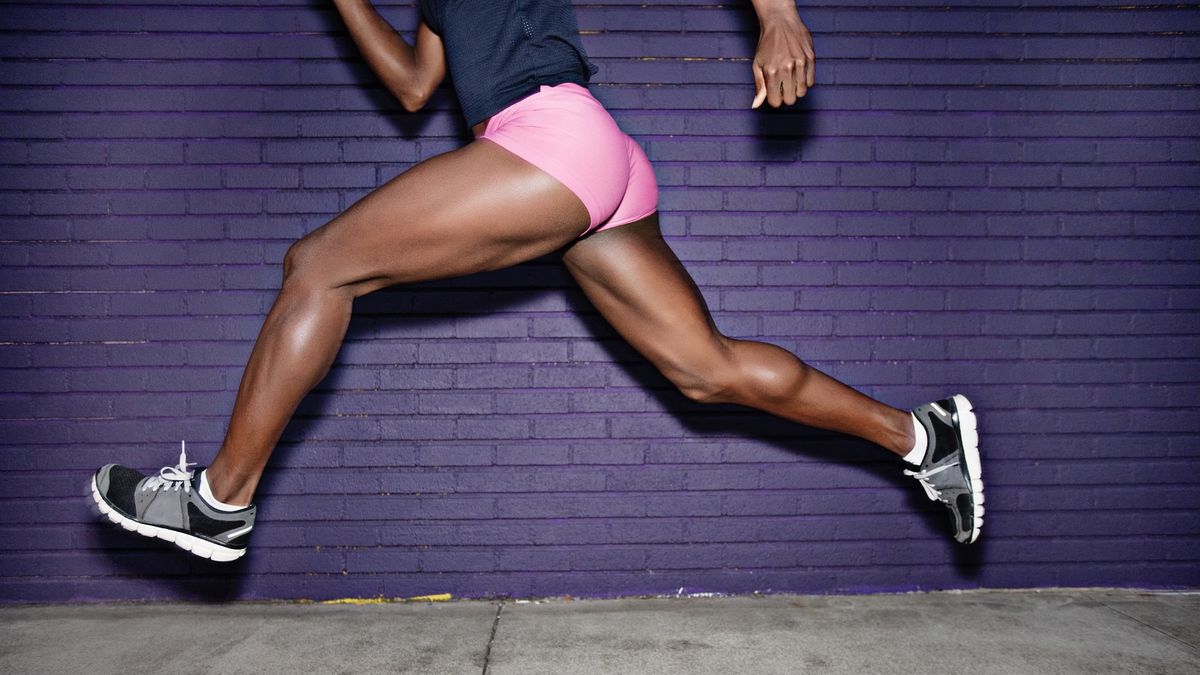
It's well known that it can be great for your fitness, but what about muscle gain from running? Will hitting the trails cause hypertrophy, or could it have the opposite effect?
Below, we take a look at some of the research to see how different types of running have different effects on leg muscles for runners.
Muscle gain: different running training
The scientific for muscle gain is hypertrophy. Specifically this is the increase and growth of muscle cells. Hypertrophy also refers to a growth in muscular size achieved through exercise.
In general terms, what studies tend to show is that there is a difference between longer, lower intensity running and shorter, more intense running as to how this causes hypertrophy.
In other words, muscle gain is usually greater on average when runners take part in shorter, harder interval training as compared to longer, slower-paced running.
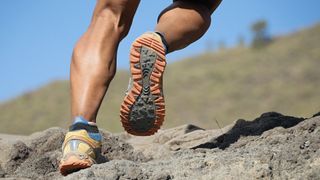
Muscle gain from running: the evidence
There are different studies to show how harder, faster running as compared to longer, slower running affects muscle gain.
For example, one study found that muscle gain occurred when people took part in regular high intensity interval run training.
Advnture Newsletter
All the latest inspiration, tips and guides to help you plan your next Advnture!
Meanwhile, it has been shown that longer distance running doesn’t contribute in the same way to muscle gain and can even hinder hypertrophy.
Another study assessed amateur runners who ran 10km, 20km and 42km. The research concluded that “strenuous endurance exercise can cause muscle damage… and the extent of such damage can increase as running distance increases”.
These results suggest that high intensity, short duration running builds leg muscles, while long distance running can cause muscle damage and that can prevent muscle gain.
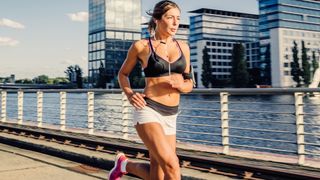
Other factors that can affect muscle gain from running
There is a difference in the genders when it comes to muscle gain but it might to be what you think. Females are generally less muscular than men but this doesn’t mean they can’t build as much muscle as males proportionally.
Traditional theories of male versus female muscle gain are based on hormones. The key focus is the hormone testosterone. On average, men have more naturally occurring testosterone than women.
In addition, it is widely thought that women can’t grow muscle at the same rate as men because they have less testosterone. However, some studies have shown that this doesn’t actually have a huge impact on their potential for muscle growth.
This is because, while testosterone plays a predominant role in promoting muscle growth in men, it functions a little differently in women. In females, it plays a more predominant role in the maintenance of health.
It is also important to note that the hormone oestrogen plays a role in the development of muscle tissue in women, while this is not the case for men. Females produce much more eostrogen than males.
Another important female hormone, progesterone, has also been shown to stimulate muscle protein synthesis just as much as testosterone.
In fact, studies sug that from relative perspective, women have the capacity to gain the same percentage of muscle mass as men when following a strength training program. In addition, another study showed that this muscle growth is regardless of gender or age.
It might be surprising to learn that men and women, including runners, have the same potential for muscle growth, although men have a larger muscle mass on average to start with.
What part do our genes play in muscle gain from running?
There have been studies that have assessed whether our DNA, or genes, affect muscle gain. For example, this study reveals some evidence to suggest that certain genetic factors can potentially impact your capacity for muscle growth by improving your body’s ability to build new muscle tissue.
Of these, the ACTN3 gene – also known as the “gene for speed” – appears to be the best researched.
However, most research concludes that while a favourable genetic profile, combined with the right training environment, is important for elite athletic performance, few genes have been shown to be consistently associated with elite athletic performance.
How does age affect muscle gain from running?
Both men and women start to lose muscle mass as they age. For women, the decrease in muscle mass is greater when oestrogen levels drop during and after menopause.
However, it has been shown that it is still possible to maintain and grow muscles even into our later decades. The best method for for hypertrophy is revealed by research as resistance training, coupled with good levels of protein in the diet.
There is also further evidence to show that brisk walking and jogging can improve muscle gain in older adults, although running at a medium intensity or long-distance running do not appear to produce the same hypertrophy.
In fact, as suggested earlier, regular high intensity long-distance running can inhibit muscle gain due to the body’s inability to recover sufficiently.
Conclusion
Although research focused on muscle gain from running offers some opposing results, it appears to be more often the conclusion that higher intensity running for shorter durations, coupled with sufficient recovery, will be more likely to bring about hypertrophy whatever our age, while running longer distances can inhibit muscle gain.
Of course, running any distance is still a healthy activity and will contribute to maintaining weight and fat loss if this is the goal. For muscle gain to be more significant, it is suggsted by research that, on average, intensity needs to be higher and over shorter distance with good a recovery program.

Fiona Russell is a widely published adventure journalist and blogger, better known as Fiona Outdoors. She is based in Scotland and is an all-round outdoors enthusiast with favorite activities including trail running, mountain walking, mountain biking, road cycling, triathlon and skiing (both downhill and backcountry). Aside from her own adventures, Fiona's biggest aim is to inspire others to enjoy getting outside and exploring, especially through her writing. She is also rarely seen without a running skort! Find out more at Fiona Outdoors.
